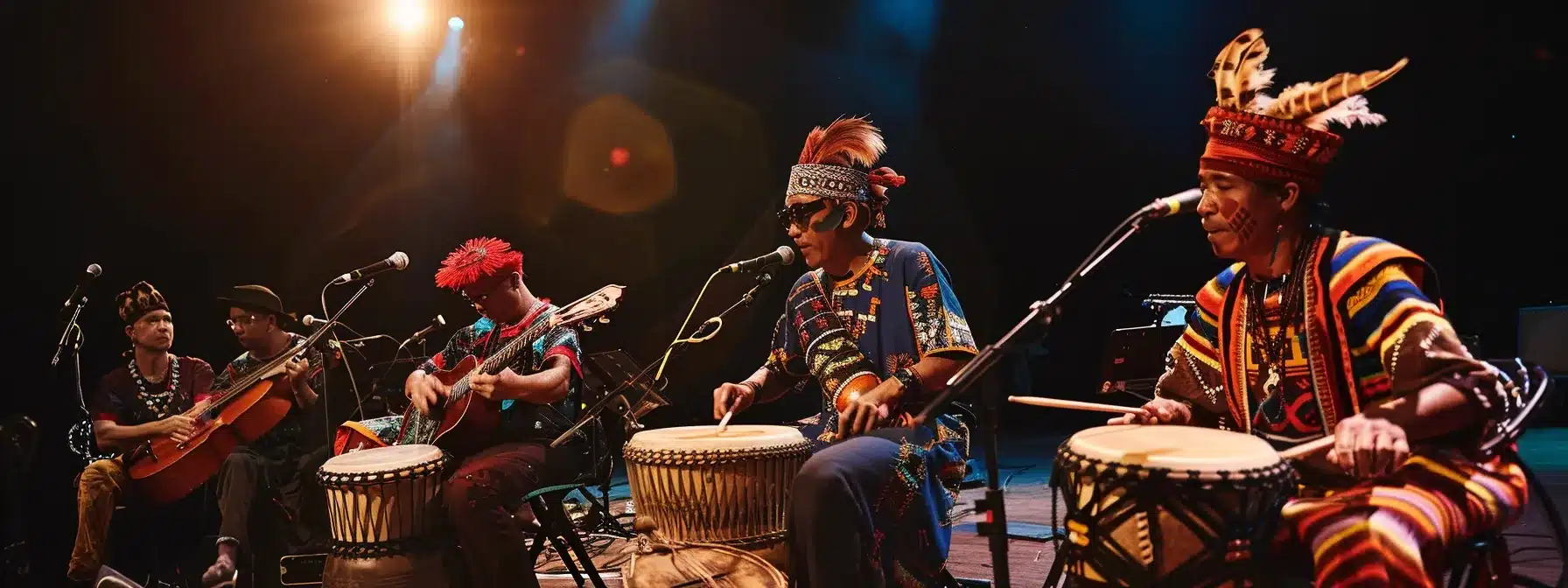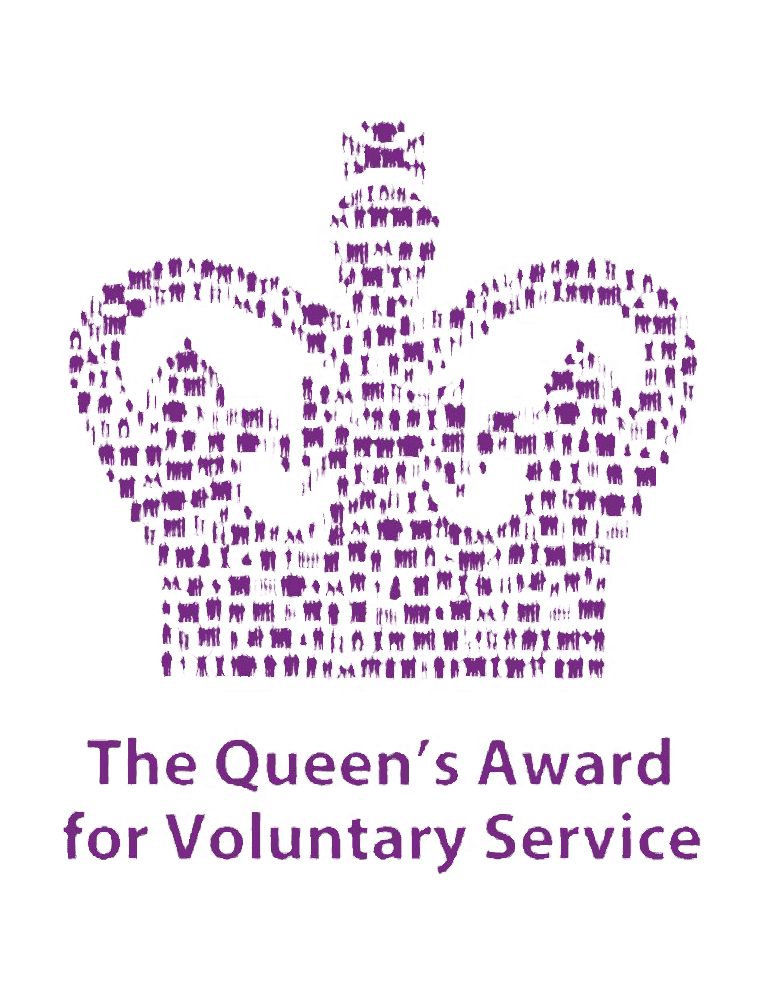Harmony in Diversity: Tracing Orchestra History Through World Cultures

Table Of Contents:
- Harmony in Diversity: Tracing Orchestra History Through World Cultures
- The Origins of Orchestral Music Across Cultures
- Early Orchestras in Ancient Egypt and Mesopotamia
- Influence of Greek and Roman Musical Ensembles
- Traditional Chinese Orchestras and Their Evolution
- Development of Orchestras in the Middle Ages in Europe
- Introduction of Orchestral Music to the Americas
- The Impact of the Silk Road on the Spread of Orchestral Music
- The Role of National Identity in Shaping Orchestra Music
- German Contributions to Classical and Romantic Orchestras
- Russian Orchestras and the Influence of Folk Music
- British Orchestras and Colonial Impacts
- Japanese Orchestras Blending Western and Eastern Traditions
- African Orchestras and the Preservation of Heritage Through Music
- Key Figures in the Development of World Orchestras
- Ludwig Van Beethoven and the Transformation of the Symphony
- Duke Ellington and the Infusion of Jazz Into the American Orchestra
- Tan Dun and the Integration of Chinese Instruments in Orchestral Music
- Antonín Dvořák and the Influence of Native American Music
- Instruments Unique to Cultural Orchestras
- The Role of the Sitar in Indian Orchestras
- The Evolution of the Violin in Western Orchestras
- Indigenous Wind Instruments in Latin American Ensembles
- Percussion’s Varied Roles Across Different Orchestral Traditions
- Innovative Approaches to Orchestra Composition and Performance
- The Fusion of Digital Technology With Traditional Orchestral Music
- Cross-Cultural Collaborations and Their Impact on Modern Compositions
- The Role of Improvisation in Non-Western Orchestras
- Educating the Next Generation of Orchestral Musicians Around the Globe
- Music Conservatories and Their Approach to Global Orchestral Education
- The Rise of Youth Orchestras and Their Role in Cultural Exchange
- Online Platforms and Digital Resources for Learning World Orchestras
- Conclusion
Harmony in Diversity: Tracing Orchestra History Through World Cultures
The evolution of orchestral music is a rich tapestry woven from diverse cultural threads, showcasing the unique contributions of communities worldwide. At The People’s Orchestra, we recognize how instruments like the trumpet and violin not only create harmonious sounds but also tell the stories of different societies, including the Arabs and their distinct musical traditions. This powerful musical ensemble transcends borders, allowing us to explore how varying influences shape orchestral music across continents. As we trace the history of orchestras through these cultural lenses, we’ll uncover the transformative role of national identity and the individuals who helped develop this art form. Innovative approaches to composition and performance further enrich this narrative, while educational efforts inspire the next generation of musicians. Keep reading to discover the intricate connections between world cultures and orchestral music!
The Origins of Orchestral Music Across Cultures

As I began my exploration of orchestral music’s roots, I found myself captivated by its rich tapestry woven across cultures. The earliest orchestras emerged in ancient Egypt and Mesopotamia, showcasing how the power of music flowed through society, often linked to rituals and celebrations. Greek and Roman ensembles further refined musical assembly, fostering a context where compositions like concertos took shape. I was equally fascinated by traditional Chinese orchestras, which have undergone significant evolution, intertwining history with cultural expression. In Europe, during the Middle Ages, orchestral development marked a pivotal shift as music transitioned from oral history to notation, allowing knowledge to transcend generations. As I looked further, the introduction of orchestral music to the Americas highlighted the interplay of diverse influences, each contributing to a unique musical narrative. Notably, the Silk Road served as a vibrant conduit for the exchange of musical ideas and instruments, significantly impacting how orchestral music was perceived and developed universally, breaking through the barriers of gender and geography. Yet, the people’s orchestra.
Early Orchestras in Ancient Egypt and Mesopotamia
The early orchestras in Ancient Egypt and Mesopotamia revealed a fascinating connection between musicians and society. As I examined historical accounts and records, including those found in old newspapers, I discovered that these ensembles were often a critical part of public rituals and celebrations. Ethnomusicology provided insights into the roles these musicians played, showcasing how they were akin to actors on a stage, delivering performances that transcended mere entertainment to fulfill a cultural and spiritual purpose.
Influence of Greek and Roman Musical Ensembles
As I delved into the influence of Greek and Roman musical ensembles, I found that their structured approach to instrumentation significantly shaped the vocabulary of orchestral music. They employed sampling techniques that integrated various musical scales, laying the groundwork for complex compositions that would later flourish in regions such as the Soviet Union. Observing this historical context enriches my understanding of how organizations like the Atlanta Symphony Orchestra continue to embrace these foundational elements in their performances today.
Traditional Chinese Orchestras and Their Evolution
As I explored the evolution of traditional Chinese orchestras, I was struck by their deep connection to classical music and a rich tapestry of storytelling and cultural expression. The intricate music theory underlying these ensembles captures the attention of both musicians and audiences, reflecting values and philosophies that have persisted for centuries. I couldn’t help but think of Jean Sibelius, whose own compositions resonate with the understanding of how music can bridge diverse cultures — much like the way Columbus connected the Old and New Worlds, ushering in new dialogues within musical practices.
Development of Orchestras in the Middle Ages in Europe
The development of orchestras during the Middle Ages in Europe marks a significant turning point in musical history. As I researched this period, I found that the emergence of instruments, particularly the double bass, played a vital role in enhancing the overall sound of orchestras. The Silk Road’s influence can be credited for the introduction of new musical concepts and instruments that enriched this evolving art form.
- Musical ensembles in medieval courts began to flourish.
- The introduction of various string instruments laid the groundwork for later orchestral formations.
- The period paved the way for the height of Romanticism in music.
- Institutions like the Vienna Philharmonic showcased the culmination of centuries of orchestral growth.
Introduction of Orchestral Music to the Americas
The introduction of orchestral music to the Americas created a unique blend of cultural influences, reflecting the rich diversity of the continent. I was particularly intrigued by the integration of European forms, such as ballet, with indigenous sounds and instruments, leading to innovative compositions that echoed storytelling traditions. The influence of ensembles like the gamelan from Indonesia also shaped the landscape, inspiring composers to explore new rhythmic patterns and harmonies, with cities like Shanghai serving as vital links in these cross-cultural exchanges.
The Impact of the Silk Road on the Spread of Orchestral Music
As I delved into the historical significance of the Silk Road, I discovered its profound impact on the arrangement of orchestral music across various cultures. My research highlighted how this ancient trade route not only facilitated the exchange of goods but also served as a conduit for musical ideas, instruments, and techniques among different societies. I was particularly fascinated to learn how the presence of talented pianists and other musicians along the Silk Road helped shape a diverse tapestry of sounds that continues to influence orchestral practices today.
As orchestral music evolved across various cultures, it began to reflect the unique identities of nations. This fascinating intersection of music and national pride shaped the orchestra’s sound and purpose, inviting us to explore how these elements intertwine.
The Role of National Identity in Shaping Orchestra Music

The interplay between national identity and orchestral music has captivated my attention, revealing how geography and culture harmonize to create unique musical languages. As I reflect on the German contributions to the realms of classical and romantic orchestras, their intricate compositions illustrate a commitment to artistic brilliance that resonates in concert halls worldwide. The rich tapestry of Russian orchestras, infused with the vibrant rhythms of folk music, showcases how cultural heritage can infuse vitality into the musical narrative. Turning to Britain, I see how colonial influences have shaped orchestral traditions, inviting a blend of styles that parallel the nation’s diverse history. Similarly, Japanese orchestras exemplify a seamless fusion of Western and Eastern traditions, demonstrating how innovation can arise from the synthesis of contrasting elements. In Africa, the preservation of musical heritage through orchestras stands as a testament to the enduring power of rhythm and storytelling, showcasing how music transcends barriers and enriches our understanding of identity in visual arts and beyond. Each of these explorations offers a deeper appreciation for how orchestral music not only reflects its roots but also evolves, creating a dialogue that spans across continents and generations.
German Contributions to Classical and Romantic Orchestras
The German musical landscape significantly influenced the evolution of classical and romantic orchestras, fundamentally shaping our understanding of orchestral theory. I find it fascinating how renowned composers like Beethoven and Brahms elevated the orchestra’s role, intertwining it with concepts of music therapy and emotional expression. Their works not only laid the groundwork for future composers but also established a curriculum that educated generations of musicians regarding the importance of choral arrangements within the broader context of orchestral performance.
- Beethoven’s innovative compositions expanded the role of the orchestra.
- Brahms integrated folk elements, enriching the orchestral sound.
- German orchestras pioneered the use of music therapy within their practices.
- Educational institutions crafted curriculum focusing on orchestral training and choral work.
Russian Orchestras and the Influence of Folk Music
During my exploration of Russian orchestras, I found that folk music serves as a vital source of creativity, deeply influencing the orchestral sound. The intertwining of traditional melodies with orchestral arrangements captures the essence of the Russian spirit, allowing musicians to express their cultural identity. This rich tapestry not only honors the past but also enhances the teaching artists’ approach, fostering a unique dialogue between generations of musicians through vibrant performances.
Key elements of Russian orchestras resonate through:
- Integration of folk music igniting creativity in orchestral compositions.
- Celebration of tradition, preserving cultural identity within performances.
- Contribution of teaching artists cultivating the next wave of talent.
British Orchestras and Colonial Impacts
As I researched British orchestras, I was struck by how colonial history shapes their sound and expression. The blending of indigenous rhythms and European classical forms creates a unique auditory palette reflected in renowned ensembles, such as the Philadelphia Orchestra. I found it particularly interesting how the dynamics of politics influence programming choices and the integration of diverse instruments like the cello, enriching performances that have been recognized at the Grammy Awards, showcasing talent from institutions like Berklee.
Japanese Orchestras Blending Western and Eastern Traditions
In my exploration of Japanese orchestras, I’ve been fascinated by how they seamlessly blend Western and Eastern traditions to craft a unique musical identity. This fusion not only enriches their chamber music repertoire but also influences music majors who seek to master diverse styles during auditions. With each performance, the melodies produced reflect a commitment to cultural dialogue, showcasing how the National Endowment for the Arts supports these efforts to bridge traditions through innovative musical expressions.
African Orchestras and the Preservation of Heritage Through Music
As I immersed myself in the landscape of African orchestras, I saw how these ensembles serve as powerful vehicles for preserving cultural heritage through music. Each performance encapsulates not only traditional sounds but also reflects the genres that embody the continent’s diverse narrative, from martial arts rhythms to the emotive strains of romantic music. Conducting these orchestras becomes a process of memory, where the echoes of history resonate with contemporary expression, creating a rich tapestry that honors past traditions while inspiring future generations.
National identity plays a crucial role in influencing the unique sounds of orchestras around the world. Let’s explore the remarkable individuals behind the scenes who have shaped this vibrant musical landscape.
Key Figures in the Development of World Orchestras

As I reflect on the pivotal figures who shaped the evolution of orchestral music, I realize their contributions extend far beyond mere compositions; each has sparked a conversation that resonates through time. Ludwig Van Beethoven redefined the symphony, elevating its emotional depth and complexity, establishing a framework that continues to inspire orchestras like the Chicago Symphony Orchestra. Duke Ellington’s innovative spirit infused jazz into the American orchestra, showcasing the importance of improvisation and fostering a new appreciation for this genre as a vibrant counterpart to classical music. Tan Dun, with his unique approach, has brought Chinese instruments into traditional orchestral settings, melding cultural aesthetics and ethics that challenge conventional boundaries. Meanwhile, Antonín Dvořák drew upon Native American melodies, underlining the rich tapestry of cultural influence that shapes our understanding of identity in music. Together, these artists illustrate how the orchestra serves as a solo platform where diverse influences harmonize, enriching our collective musical narrative.
Ludwig Van Beethoven and the Transformation of the Symphony
Beethoven’s innovative use of brass instruments marked a significant transformation in the symphonic repertoire. His keen understanding of orchestration pushed boundaries, enhancing the overall sound and richness of orchestras, including ensembles like the Philadelphia Orchestra. This evolution didn’t just shift musical styles; it influenced the governance of orchestras as well, with the board of directors recognizing the need for a broader appreciation of orchestral works.
- Incorporation of brass instruments shaped the orchestral sound.
- Enhancement of the symphonic repertoire increased audience engagement.
- Philadelphia Orchestra musicians embraced Beethoven’s innovative techniques.
- The board of directors began adopting contemporary approaches for artistic growth.
Duke Ellington and the Infusion of Jazz Into the American Orchestra
Duke Ellington stands as a pivotal figure in the evolution of the American orchestra, seamlessly infusing jazz into traditional symphonic frameworks. His unique philosophy embraced the cultural richness of East Asia and beyond, expanding the range and depth of orchestral performances. I find it inspiring that contemporary artists, like Lang Lang, continue to draw from Ellington’s innovations, showcasing how jazz can bring fresh expression and spontaneity to symphonic works.
- Duke Ellington transformed the landscape of American orchestras.
- His approach blended classical elements with vibrant jazz influences.
- Ellington’s work has inspired modern musicians, including those at Berklee College of Music.
- His legacy bridges cultures, incorporating influences from places like East Asia.
Tan Dun and the Integration of Chinese Instruments in Orchestral Music
In my exploration of Tan Dun’s contributions, I couldn’t help but admire how he skillfully integrates Chinese instruments into orchestral frameworks, creating a distinctive sound that resonates deeply with diverse audiences. This combination of traditional elements with the richness of blues and baroque music crafts a unique theatrical experience that reflects his profound understanding of both Eastern and Western literature. His innovative approach redefines orchestral performance, ensuring that Beijing‘s cultural heritage is celebrated on the world stage.
Antonín Dvořák and the Influence of Native American Music
Antonín Dvořák’s profound respect for Native American music fascinated me as I learned about his journey in North America. He seamlessly incorporated elements of indigenous melodies into his compositions, creating a unique transcription that resonated with the vibrant rhythms of jazz and popular music of his time. This innovative fusion emphasized harmony in diversity, allowing audiences to experience a fresh perspective on orchestral sounds that echoed the rich cultural tapestry of the continent.
The rich tapestry of orchestral history is woven with the influence of various cultures, each adding its unique flair. Now, let’s explore the fascinating instruments that define cultural orchestras around the globe.
Instruments Unique to Cultural Orchestras

In my exploration of orchestral music, I found it fascinating how distinct instruments contribute to the cultural fabric of different ensembles. Take, for instance, the sitar in Indian orchestras, where its unique resonance and intricate fingerings create emotional depth that transports listeners to another realm. Both the sitar and the evolution of the violin in Western orchestras showcase how instruments develop over time, adapting to new styles while preserving their core sound. In Latin American ensembles, indigenous wind instruments add rich layers to the music, reflecting vibrant traditions and community stories. I have also come to appreciate how percussion instruments serve varied roles across orchestral traditions, offering not just rhythm but also a powerful emotional anchor, similar to how an organ fills a space with sound. Each of these perspectives highlights the remarkable diversity found within orchestras, particularly as I have observed in dynamic settings like New York City, where cultural exchanges influence performance practice.
The Role of the Sitar in Indian Orchestras
In my journey through the vibrant world of orchestras, I have come to appreciate the sitar’s powerful role in Indian orchestras. This instrument, with its intricate melodic lines and rich tonal qualities, adds a unique flavor that enhances the overall soundscape, bridging traditional Indian music with orchestral arrangements. The sitar not only captivates audiences with its beauty but also fosters a deep connection to the cultural narratives embedded within the music, reflecting the diversity and heritage of the region.
The Evolution of the Violin in Western Orchestras
As I researched the violin‘s journey through Western orchestras, I found it remarkable how this instrument evolved alongside various musical styles and techniques. From its early roots in the Renaissance, where it primarily served as a solo instrument, the violin gradually became an integral part of the orchestral framework during the Baroque and Classical periods. I marveled at how composers like Vivaldi and Mozart elevated the violin‘s role, allowing it to convey a wide range of emotions and interactions within the ensemble, ultimately shaping the orchestra as we know it today.
Indigenous Wind Instruments in Latin American Ensembles
As I immersed myself in the world of Latin American orchestras, I became fascinated by the indigenous wind instruments that play a vital role in shaping their unique soundscapes. Instruments like the quena and pan flute not only create beautiful melodies but also embody the rich cultural heritage and storytelling traditions of various communities. Experiencing these instruments live impressed upon me how they seamlessly blend with contemporary orchestral elements, enriching performances and allowing audiences to connect with the vibrant history of the region.
Percussion’s Varied Roles Across Different Orchestral Traditions
As I delved into the world of percussion instruments, I noticed how they contribute distinctively across various orchestral traditions. Each culture utilizes percussion not just for rhythm, but as a powerful means of storytelling and emotional expression. This understanding highlights the role of drums and other percussive instruments in conveying the essence of music unique to each region.
- In African orchestras, drums often serve as a communal heartbeat, driving the ensemble while connecting the audience to their cultural roots.
- Indian classical orchestras employ instruments like tabla to punctuate melodies, infusing performances with intricate rhythms that resonate deeply.
- Latin American ensembles embrace a rich variety of percussive instruments like congas and cajón, creating vibrant musical conversations.
- Western orchestras have developed a comprehensive range of percussion that adds depth, allowing for dynamic contrasts in orchestral compositions.
Cultural orchestras are breathing new life into classical music by incorporating unique instruments and styles. This fusion sparks creativity, leading us to explore innovative approaches in composition and performance that redefine the orchestral experience.
Innovative Approaches to Orchestra Composition and Performance

As I examined contemporary trends in orchestral music, I became increasingly intrigued by how innovative approaches are reshaping the landscape. The fusion of digital technology with traditional orchestral practices creates new avenues for expression and engagement, enabling composers to explore soundscapes that were once unimaginable. Cross-cultural collaborations are gaining traction, enriching modern compositions with diverse influences and resonating with audiences on a global scale. Additionally, the role of improvisation, particularly in non-Western orchestras, introduces a dynamic element to performances, emphasizing spontaneity and creativity. These developments reflect a vibrant dialogue between tradition and innovation, showcasing how orchestras continue to evolve while honoring their rich heritage.
The Fusion of Digital Technology With Traditional Orchestral Music
As I explored the integration of digital technology in orchestral music, I found it fascinating how this evolution enhances both composition and performance. Composers now have access to software that allows them to experiment with sounds and arrangements in ways that were once inconceivable, pushing the boundaries of creativity. Furthermore, live performances increasingly incorporate multimedia elements, creating an immersive experience that resonates powerfully with audiences, bridging the gap between tradition and modernity.
Cross-Cultural Collaborations and Their Impact on Modern Compositions
In my observations of modern orchestral music, I am continually struck by the power of cross-cultural collaborations to breathe new life into compositions. These partnerships not only enrich the musical palette but also foster a deeper understanding between diverse traditions, allowing artists to share narratives that transcend borders. I’ve seen how these innovative collaborations drive a fresh wave of creativity, resulting in works that resonate with audiences globally, reflecting the rich tapestry of our interconnected world.
The Role of Improvisation in Non-Western Orchestras
In my exploration of non-Western orchestras, I have noticed that improvisation plays a vital role in their performances, infusing each piece with spontaneity and authenticity. Musicians often draw upon their cultural traditions, allowing their individual expressions to emerge within the framework of the ensemble. This approach not only creates a dynamic listening experience but also fosters a deeper connection among musicians, as they navigate the music in real-time and respond to each other’s creative impulses.
The journey from fresh compositions to dynamic performances fuels our passion for music. Let’s explore how we nurture the next generation of orchestral musicians around the globe.
Educating the Next Generation of Orchestral Musicians Around the Globe

As I continue to witness the evolution of orchestral music, I am increasingly drawn to how educational institutions are shaping the next generation of musicians. Music conservatories are pivotal in this process, adapting their curricula to embrace global traditions and perspectives, which allows aspiring artists to engage with diverse musical heritages. Simultaneously, the rise of youth orchestras fosters cultural exchange and collaboration among young musicians, creating a vibrant community that celebrates their differences while finding common ground through music. Online platforms have also emerged as powerful resources, offering access to digital lessons, masterclasses, and forums that connect learners with instructors and peers from around the world. Together, these elements not only enrich the training experience but also ignite a passion for musical exploration that transcends borders.
Music Conservatories and Their Approach to Global Orchestral Education
In my exploration of music conservatories, I’ve observed a compelling shift towards embracing global orchestral education. These institutions are increasingly integrating diverse musical traditions into their curricula, allowing students to immerse themselves in various cultural approaches to music. This not only cultivates a richer understanding of orchestral techniques but also encourages collaboration among musicians from different backgrounds, fostering a vibrant learning environment.
The Rise of Youth Orchestras and Their Role in Cultural Exchange
As I observed the growing presence of youth orchestras, I found them to be instrumental in fostering cultural exchange among young musicians. These ensembles create spaces where children and adolescents from diverse backgrounds come together, sharing their unique musical heritages while learning from one another. Each rehearsal and performance becomes a melting pot of ideas and traditions, enriching their understanding of music as a universal language that transcends borders.
Online Platforms and Digital Resources for Learning World Orchestras
As I navigated the wealth of online platforms dedicated to orchestral education, I was impressed by the accessibility they provide for aspiring musicians across the globe. These digital resources not only offer lessons from renowned instructors but also include interactive masterclasses that allow students to engage with diverse orchestral traditions and techniques. I found that this virtual landscape fosters a vibrant community of learners and musicians, bridging cultural divides through shared knowledge and experiences in music.
Conclusion
“Harmony in Diversity: Tracing Orchestra History Through World Cultures” illustrates how orchestral music serves as a vibrant reflection of cultural exchange and innovation across the globe. Each tradition enriches the symphonic landscape, allowing musicians to express unique identities while fostering connections. By embracing diverse influences, orchestras continue to evolve and create compelling narratives that resonate with audiences worldwide. This exploration highlights the enduring power of music to bridge cultural divides and celebrate our shared humanity.






